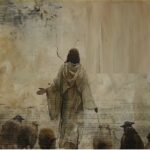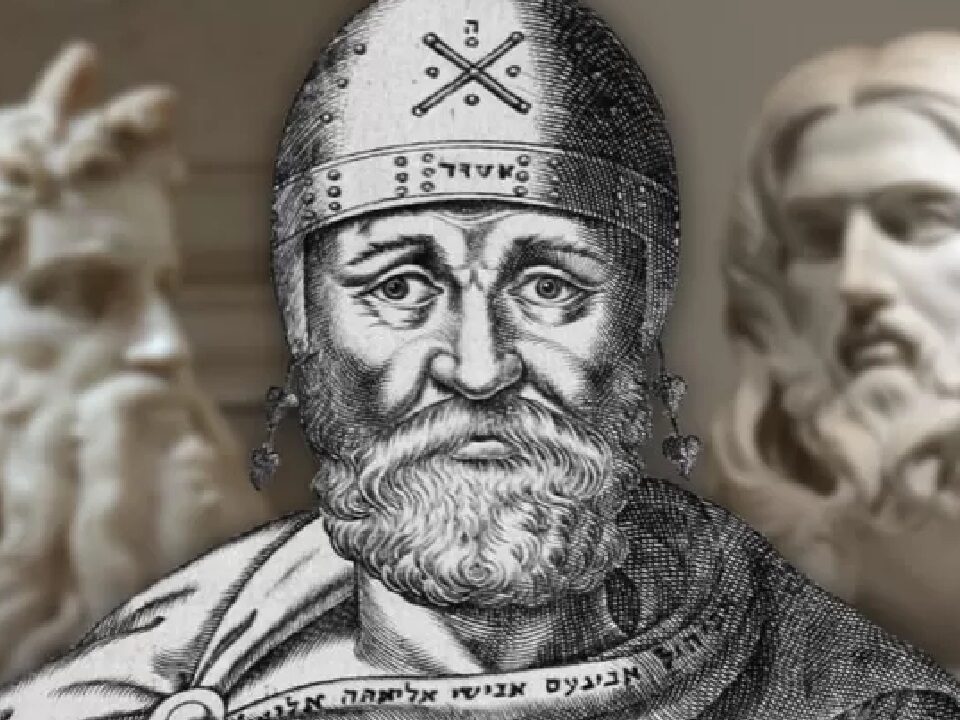
Who do people say the Son of Man is?
May 15, 2025
How many is Yahweh? Genesis 19:24
July 10, 2025Poland-Paris Pilgrimage

In May, 2025, my wife Sarah and I traveled to Europe and were blessed to visit some historic unitarian sites that I have long wanted to see. Many of these places attest to the suffering endured by our historic unitarian brethren.
Katherine Vogel
In Kraków, Poland we visited the place where Katherine Vogel (also known as Katarzyna Weigel or Weiglowa) was burned at the stake on April 19, 1539. Historical records indicate the execution took place in the Main Market Square, a common site for public executions in Kraków during that period. In the late 1520s Catherine came under scrutiny by ecclesiastical authorities for her religious beliefs, which diverged from orthodox Catholicism. She adopted non-Trinitarian views, and sources suggest she may have converted to Judaism or embraced Judaizing non-Trinitarianism. Her refusal to recant her beliefs led to her imprisonment in Kraków at the age of 70, under the orders of Bishop Piotr Gamrat. After a decade in prison, even though she was 80 years old, she was burned at the stake.Contemporary accounts note that she remained steadfast in her convictions until the end, refusing to renounce her faith even at the stake. And this was in Poland, a country that, during the 16th century, was recognized for its relative religious tolerance.
Fausto Sozzini
The Sozzinis, Fausto and his uncle Lelio, are the source of the word “Socinianism,” the belief we share in the truly human Messiah who began in the womb of his mother. Fausto Sozzini (also known by his Latinized name Faustus Socinus) was originally from Italy but later moved to Poland.
Near the market square where Katherine Vogel had been burned, Fausto Sozzini lived on Ulica Bracka (“Brother Street”) in Krakow from 1580 to 1598. The exact location of his residence is known, and there have been suggestions to install a commemorative plaque on the house, although this has not yet been done.
In 1598, Sozzini was attacked by a mob of students who dragged him from this house, burned his books, and threatened to throw him into the Vistula River. He was saved by the intervention of professors from the nearby university, including Martin Vadovita, a professor of theology. Following this incident, Sozzini left Kraków and moved to Lusławice in Poland, where he spent the remainder of his life in relative peace until his death in 1604.
Yet even his grave was not left in peace. A few years later, it was desecrated and his bones were thrown into the Dunajec River. One evening we took a walk along a river near our hotel, before realizing that it was the very river where the bones of our unitarian brother had been thrown.
We visited Fausto Sozzini’s memorial, now well preserved in the grounds of the Penderecki European Music Centre. The limestone block which was salvaged from his original grave reads, “The one who sows virtue reaps renown, and true renown triumphs over death.”
Rakow
Unitarianism flourished in the early 1600s in the small town of Rakow (from which comes the name of the Racovian Catechism). We visited a small building used as an academy and printing press from 1602 to 1638 by the Polish Brethren. At its height from 1616 to 1630, the academy had more than 1,000 students, including many foreigners.
Nearby there is a Roman Catholic Church built in 1655 over the site of a Polish Brethren church. On the Catholic church an inscription in Latin declares that the church was built “to the glory of God the One in Three, on the eternal banishment of the impious Arians.” They mistakenly called all unitarians “Arians,” although today we recognize the difference between Arians, who believe that Jesus literally preexisted, and Socinians.
Michael Servetus
In Paris we visited a stone statue of Michael Servetus (Miguel Servet), which stands in the Parc Montsouris. Servetus was a brilliant Spanish theologian and physician who was killed by John Calvin for his unitarian views. The statue in Paris depicts his burning at the stake in 1553: he is chained with hands bound behind his back to a tree trunk, pages affixed to his chest depicting his books which were burned with him, and on his face an expression of suffering. Until the end he refused to call Jesus “the eternal Son,” but his last words were “Jesus, Son of the Eternal God, have mercy on me!”

